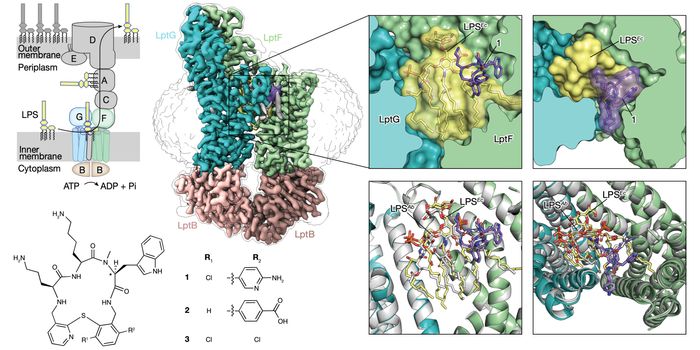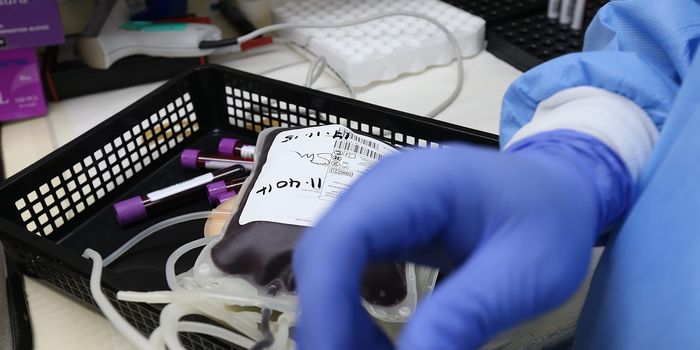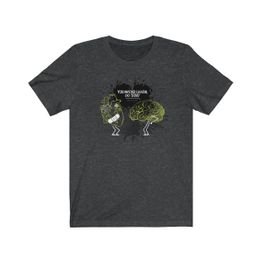Winter the Llama: An Unlikely Hero in the Fight Against COVID-19
A new hero in the fight against COVID-19 has emerged: 4-year-old Winter, a llama that currently resides in the Belgian countryside. Researchers from the University of Texas at Austin, the National Institutes of Health and Ghent University in Belgium have recently published a study on how antibodies derived from llamas could ultimately be turned into a drug with life-saving potential during the ongoing COVID-19 pandemic.
In a viral disease outbreak, antibody therapies can help to protect those most at risk of infection in our communities. "With antibody therapies, you're directly giving somebody the protective antibodies and so, immediately after treatment, they should be protected. The antibodies could also be used to treat somebody who is already sick to lessen the severity of the disease,” said Jason McLellan, co-senior author of the paper and associate professor of molecular biosciences at the University of Texas.
Why llamas? Camelids (which include alpacas, camels and llamas) produce two forms of antibodies in response to invading pathogens such as viruses. While one resembles the protein structures of human antibodies, the other form is much smaller and unique to camelids — antibodies known as “nanobodies”. These single-domain antibodies are of particular interest to drug developers as they can be easily converted to a fine mist for administration by inhalation. For respiratory infections like COVID-19, this means being able to deliver these virus-neutralizing proteins directly to the site of the infection.
Winter is part of a cohort of 130 other alpacas and llamas involved in a study aimed at developing treatments against coronavirus infections. Winter and the other camelids were immunized with proteins derived from the coronaviruses that cause SARS and MERS, in a process similar to vaccinations in humans. The research team then collected antibodies targeting these coronaviruses from blood samples around six weeks later.
From the isolated antibodies, McLellan and team were able to synthetically engineer a new antibody against the current SARS-CoV-2 and demonstrate its virus-neutralizing capabilities in laboratory-based studies. The study, published in the journal Cell, provides valuable insights for scientists who are racing to create therapeutic countermeasures against COVID-19.
COVID-19 antibody drugs in development target a specific protein on the viral coat of SARS-CoV-2 known as the spike protein. These spikes give the coronavirus its trademark crown-like (or “corona”) appearance. The spike protein is of particular interest because it is instrumental in the process of viral attachment and invasion into host cells. A neutralizing antibody against the spike protein would hinder SARS-CoV-2’s ability to enter human cells in the respiratory tract, hence either protecting against infection or reducing the severity of symptoms. McLellan and team were also part of a research effort that produced one of the first structural maps of the SARS-CoV-2 spike protein, a critical first step for the development of a vaccine.
Sources: Cell, EurekAlert, University of Texas at Austin.
-
APR 30, 2024Immuno-Oncology Virtual Event Series 2024
-
MAY 07, 20243rd International Biosecurity Virtual Symposium
-
JUN 06, 2024The Future of Scientific Conferencing
- See More


















































